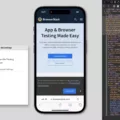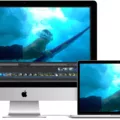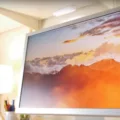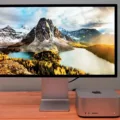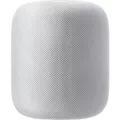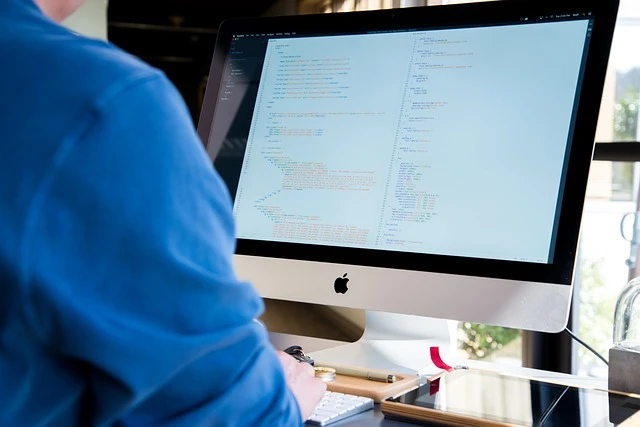
Are you looking for a way to connect your Apple Monitor to your PC? The truth is that Apple monitor compatibility with Windows is a complicated subject. Read on to learn more about whether you can use a Mac display with a PC.
Can You Use an Apple Monitor with a PC?
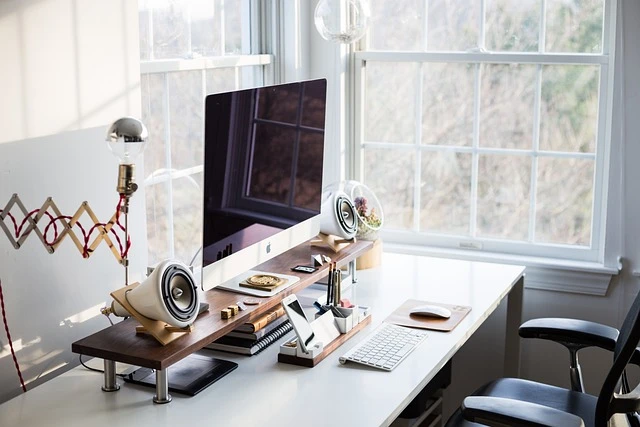
That depends, and there is no single answer. It depends on the type of Mac monitor you have and the type of Windows PC you have.
Older Mac monitors and even iMacs, such as the 27″ 2009 and 2010 iMacs, support the Mini DisplayPort. That was discontinued, after which Macs started having Thunderbolt ports, which use a different technology.
Windows PCs may also have different output capabilities, such as DVI and Thunderbolt. However, there are also different versions of Thunderbolt.
How to Connect an Apple Monitor to a Windows PC
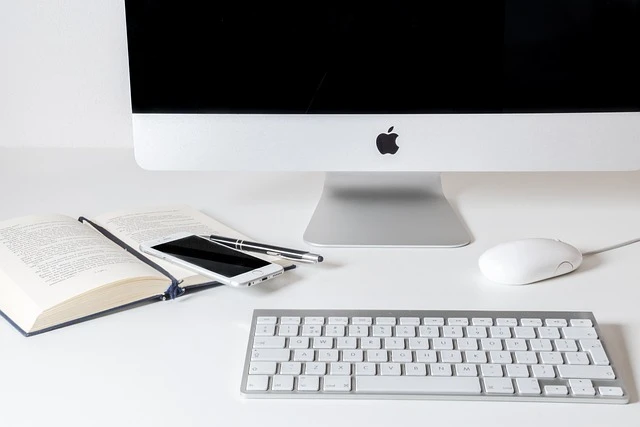
To connect an Apple Monitor to a Windows PC, you’re going to need to figure out what type of connections both devices support.
Officially, Mac monitors only support Mac computers. It’s also important to note that we are not really talking about iMacs or MacBooks either, unless you have a 27” iMac from 2009 or 2010, for example. A MacBook, for example, is not a monitor but rather a computer, so you can’t just use it as a monitor.
If your Apple Monitor has a Mini DisplayPort, you can usually use it with a Windows PC. If your computer has a DisplayPort output, you would just use a DisplayPort to Mini DisplayPort adapter. You may, alternatively, use a DVI to Mini DisplayPort adapter if your PC has a DVI port. However, Apple replaced the Mini DisplayPort with Thunderbolt a long time ago.
DisplayPort and Thunderbolt are different technologies. Some people confuse the two, because they look similar and use the same connector. However, since they are different technologies, they are not compatible with each other.
So, if you have a PC that supports Thunderbolt, you should be able to connect it to your Mac, even though it’s not officially supported. If your PC does not, it won’t work. Here’s where it gets complicated, though.
There are different versions of Thunderbolt. So, if you have Thunderbolt 3 support on your PC but Thunderbolt 2 support on the Mac, it won’t work. You would have to get a Thunderbolt 3 to Thunderbolt 2 adapter to make this work.
What if your PC doesn’t support Thunderbolt at all? There are some workarounds, such as using a PCIe card that does support Thunderbolt. However, it can get quite complicated and technical, and there is never a guarantee that it will work properly and as expected, or that it will work at all. You could also replace the motherboard with one that supports Thunderbolt, but that’s already getting into the very technical side of things.
Ultimately, it’s impossible to give you a step-by-step guide, because it highly depends on the specific Apple monitor version that you have as well as which outputs your PC supports. However, based on the above, you should be able to figure out a solution.
My best advice, unless you have one of those very old Apple monitors that still have a Mini DisplayPort, is to consider getting a Macbook or iMac. You will get the best experience using a Mac computer, as Apple Monitors aren’t officially designed to be used with PCs in the first place.
Alternatively, hop onto Amazon and get a cheap regular monitor for your PC (not one sold by Apple).
Conclusion
Let’s summarize.
Using an Apple Monitor with a PC is no simple matter. If it’s an older Apple monitor that uses Mini DisplayPort, you can usually get away with using a DisplayPort to Mini Displayport or a DVI to Mini DisplayPort adapter. If it’s an Apple Monitor with Thunderbolt, you can connect it to a PC that has a Thunderbolt output support. However, depending on the version of Thunderbolt, you may need an adapter to convert one generation of Thunderbolt to another.

